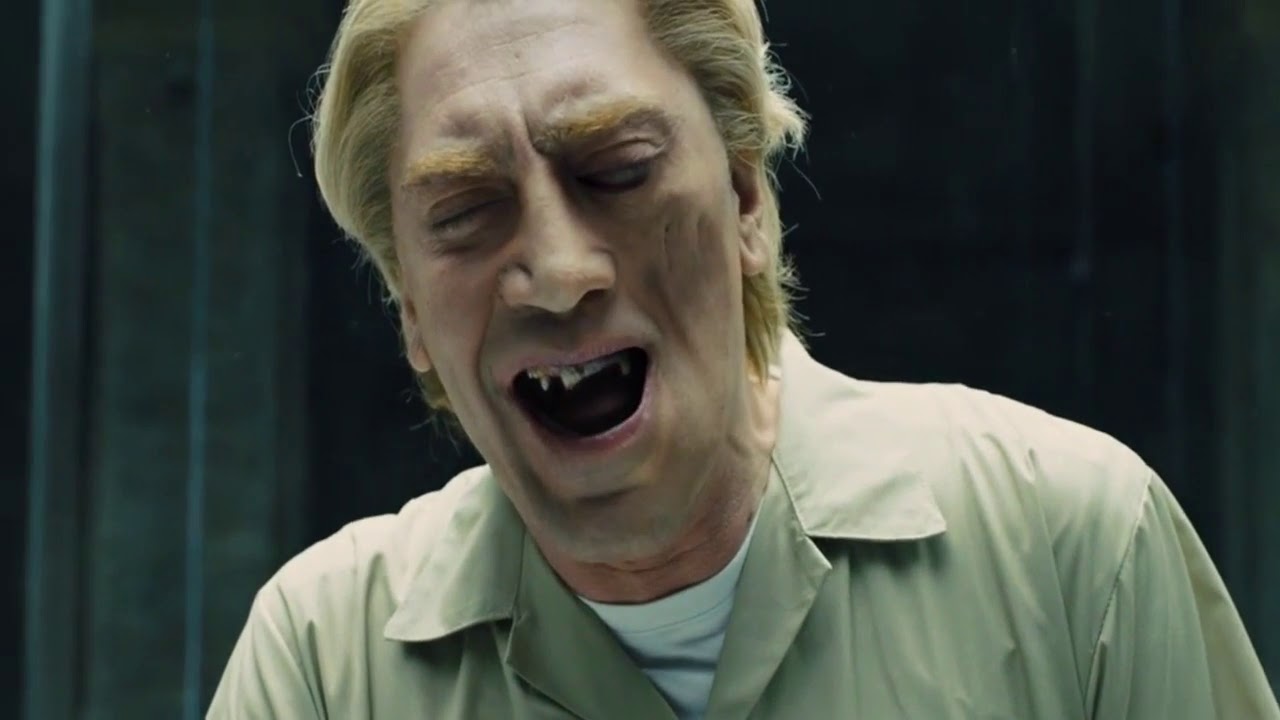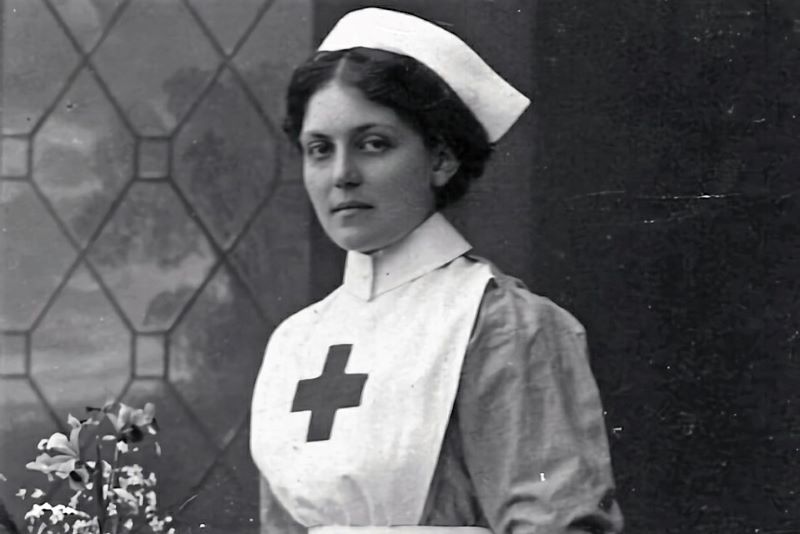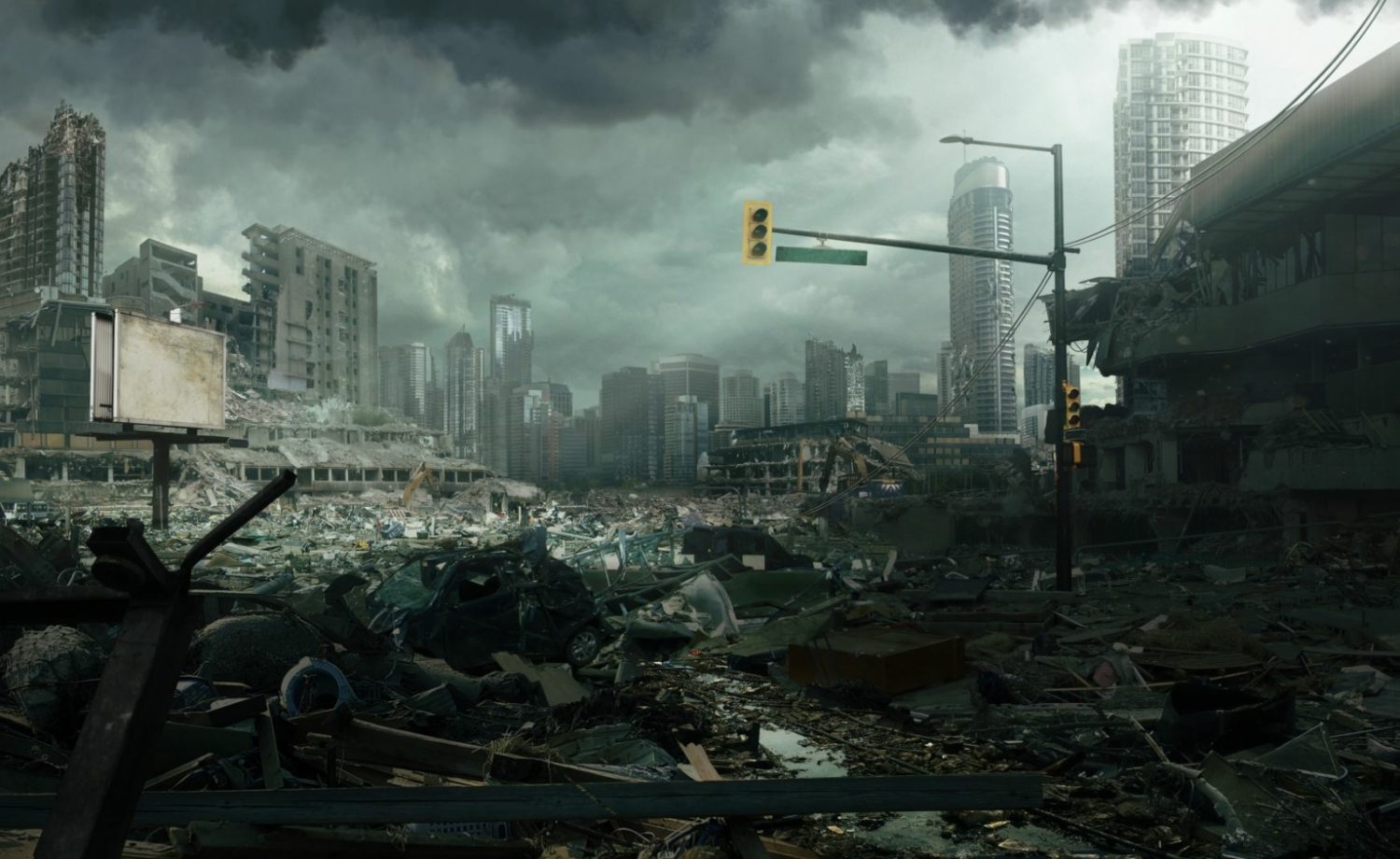A campaigner is asking filmmakers to stop making movie villains have disfigurements.
Disability advocates say the film industry should stop linking facial disfigurements with villains, a pattern often seen in the James Bond movies.
This issue came up again with the release of No Time To Die, Daniel Craig’s last movie as 007. The film features two villains, Safin (Rami Malek) and Blofeld (Christoph Waltz), both of whom have visible facial scars.
Campaigners, including author Jen Campbell, call this a ‘lazy stereotype.’ Campbell tweeted: “Every time a new James Bond film is made, the producers are asked to reconsider their representation of disfigurement. Every time, they say they don’t care.”
Campbell explained how harmful these portrayals can be. She pointed to the franchise’s history of using scars and other visible differences to show evil, like Javier Bardem’s damaged jaw in Skyfall and Mads Mikkelsen’s injured eye in Casino Royale.

Presenter Adam Pearson, who has neurofibromatosis, also criticized these portrayals, saying they reinforce harmful stereotypes.
“When the only character with a scar or disfigurement is shown on screen as the villain, it’s perpetuating the use of an old-fashioned and outdated trope,” Pearson told ITV News.
He urged filmmakers to tell more inclusive stories, explaining that it’s not about “banning baddies from having scars” but about showing more variety in how characters with visible differences are represented in movies.
This problem isn’t just in James Bond films.
From Darth Vader in Star Wars to Scar in The Lion King, Hollywood has often linked physical disfigurement with villainy. This pattern has serious effects on society.
The 2020 adaptation of The Witches, starring Anne Hathaway as the Grand High Witch, caused controversy for its depiction of limb differences. Hathaway’s character is shown with hands resembling ectrodactyly, a condition sometimes called “split hand,” where fingers are missing or fused.

Critics said the movie reinforced harmful stereotypes by linking physical differences to villains, which can unfairly stigmatize people with similar conditions in real life.
Advocacy groups, including those supporting people with disabilities, were upset, leading Hathaway and Warner Bros. to apologize.
Research by Changing Faces, a UK charity that promotes fair representation for people with visible differences, highlights this issue.
Their study showed that nearly 40% of people with visible differences had seen characters like them portrayed as villains, but only 20% had seen them as heroes, and just 15% as romantic leads.
Changing Faces started the I Am Not Your Villain campaign to fight these stereotypes.
The campaign has gained support from groups like the British Film Institute (BFI), which pledged in 2018 to stop funding movies that use scars or facial differences to show evil.

Ben Roberts, Film Fund Director at the BFI, said, “It’s astonishing to think that films have used visible difference as a shorthand for villainy so often and for so long. The time has come for this to stop.”
These stereotypes have real-life effects.
People with visible differences often report feeling less confident, having body image struggles, and experiencing negative impacts on their mental health.
Changing Faces highlights the need for more diverse and positive portrayals in film and TV. Their campaign showcases inclusive productions, such as the BBC’s Malory Towers featuring young actor Beth, and the film Dirty God, starring burns survivor Vicky Knight.
Advocates, including actors, writers, and charities, are calling for change.
They want filmmakers to leave behind outdated stereotypes and create a more inclusive film industry. The industry can promote better understanding and representation by showing characters with visible differences as heroes, love interests, and complex individuals instead of villains.



